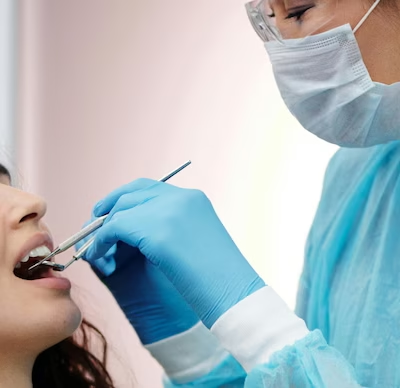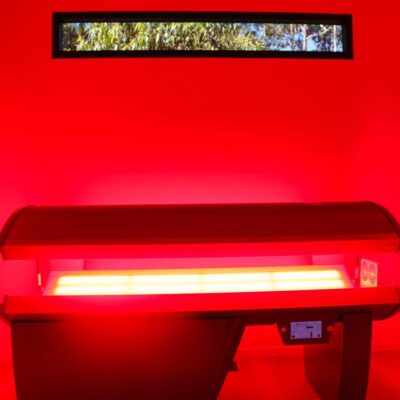How To Use Red Light Therapy: Step-By-Step Guide
Red Light Therapy (RLT) is an innovative treatment modality that utilizes specific wavelengths of red and near-infrared light to stimulate cellular processes in the body. Originally developed for medical applications, RLT has gained significant popularity due to its non-invasive nature and wide range of potential therapeutic benefits. From enhancing skin health and promoting wound healing to alleviating pain and inflammation, this versatile therapy is capturing the attention of both medical professionals and wellness enthusiasts alike.
As scientific research continues to uncover the mechanisms behind red light therapy, more individuals are exploring its applications for various health concerns. People are drawn to RLT for its promise of improved aesthetic outcomes, such as reduced signs of aging and enhanced skin tone, as well as its ability to support recovery and performance in athletes. In this article, we delve into the principles of red light therapy, examine its applications, and highlight the emerging evidence supporting its effectiveness, shedding light on what makes this treatment a valuable addition to modern wellness practices.
Applications of Red Light Therapy
Red Light Therapy (RLT) has found a diverse array of applications, primarily due to its ability to penetrate skin tissues and stimulate cellular activity. Many individuals have reported benefits in treating skin conditions like acne, eczema, and psoriasis. Additionally, RLT is often used to enhance wound healing and reduce scar formation by promoting collagen production and cell regeneration. Athletes have also turned to this therapy for its anti-inflammatory properties and to expedite recovery from strenuous training and injuries. With an evolving understanding of how light interacts with the body, resources such as Science Behind Red Light Therapy provide insights into its effectiveness and underlying mechanisms.
Mechanisms of Action
The therapeutic effects of red light therapy are primarily attributed to its influence on cellular mitochondria, the powerhouse of the cell. By enhancing mitochondrial function, RLT promotes ATP production, which is essential for energy transfer within cells. This increased energy can lead to improved cellular repair and regeneration processes. Furthermore, red and near-infrared light has been shown to modulate inflammation and support the body’s natural healing responses, making it a compelling option for those seeking holistic wellness solutions. As research advances, more applications are expected to emerge, solidifying RLT’s place in both clinical and personal health practices.
In conclusion, Red Light Therapy is proving to be a multifaceted tool in the realm of health and wellness, bridging the gap between advanced medical applications and everyday personal care. Its ability to harness specific wavelengths of light to stimulate cellular regeneration, promote healing, and enhance overall well-being is backed by emerging research and anecdotal evidence. As individuals continue to seek out natural and non-invasive treatment options, RLT stands out for its versatility and effectiveness across various conditions—from skin rejuvenation to pain relief. As we move into an era of preventive health management, Red Light Therapy offers a promising avenue that empowers individuals to take charge of their health through innovative, light-based solutions.





